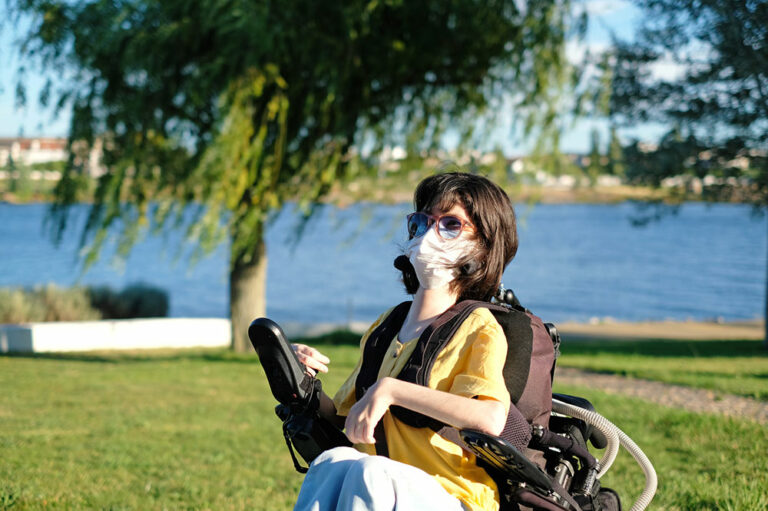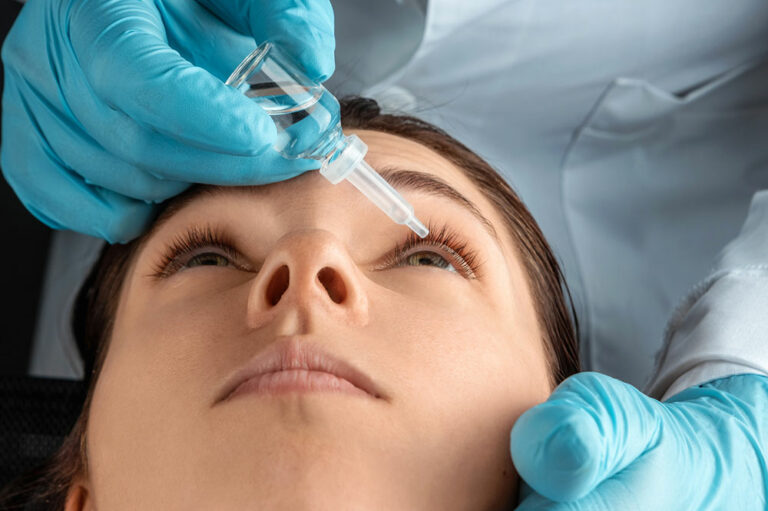
Health
8 early warning signs of an overactive bladder
Overactive bladder (OAB) is a term that encompasses a group of urinary symptoms. It is not categorized as a disease, but it could make participating in everyday activities at home, work, or school a little more challenging. The condition may occur due to factors like age, health conditions, and other environmental influences. One needs to know about these eight early signs and symptoms of OAB, as it could help get the right treatment options. 1. Urinary urgency (dysuria) One of the first signs of an overactive bladder is abnormally frequent urination, termed urinary urgency. A stinging, burning, or itchy feeling usually accompanies the discomfort caused by the symptom. Urinary urgency makes an individual feel a strong urge to urinate and makes them feel like a leak may happen if they do not go to the bathroom immediately. 2. Urge incontinence Sometimes, when an individual has an overactive bladder, they might leak urine, which is known as urge incontinence. The sign makes them feel a sudden and urgent need to use the restroom. One may also leak urine when sneezing, doing physical activity, or laughing. This may also occur due to certain treatment options, changes in eating habits, and infections. Experts may recommend pelvic floor exercises and therapies like nerve stimulation to manage the symptoms.
Read More 









